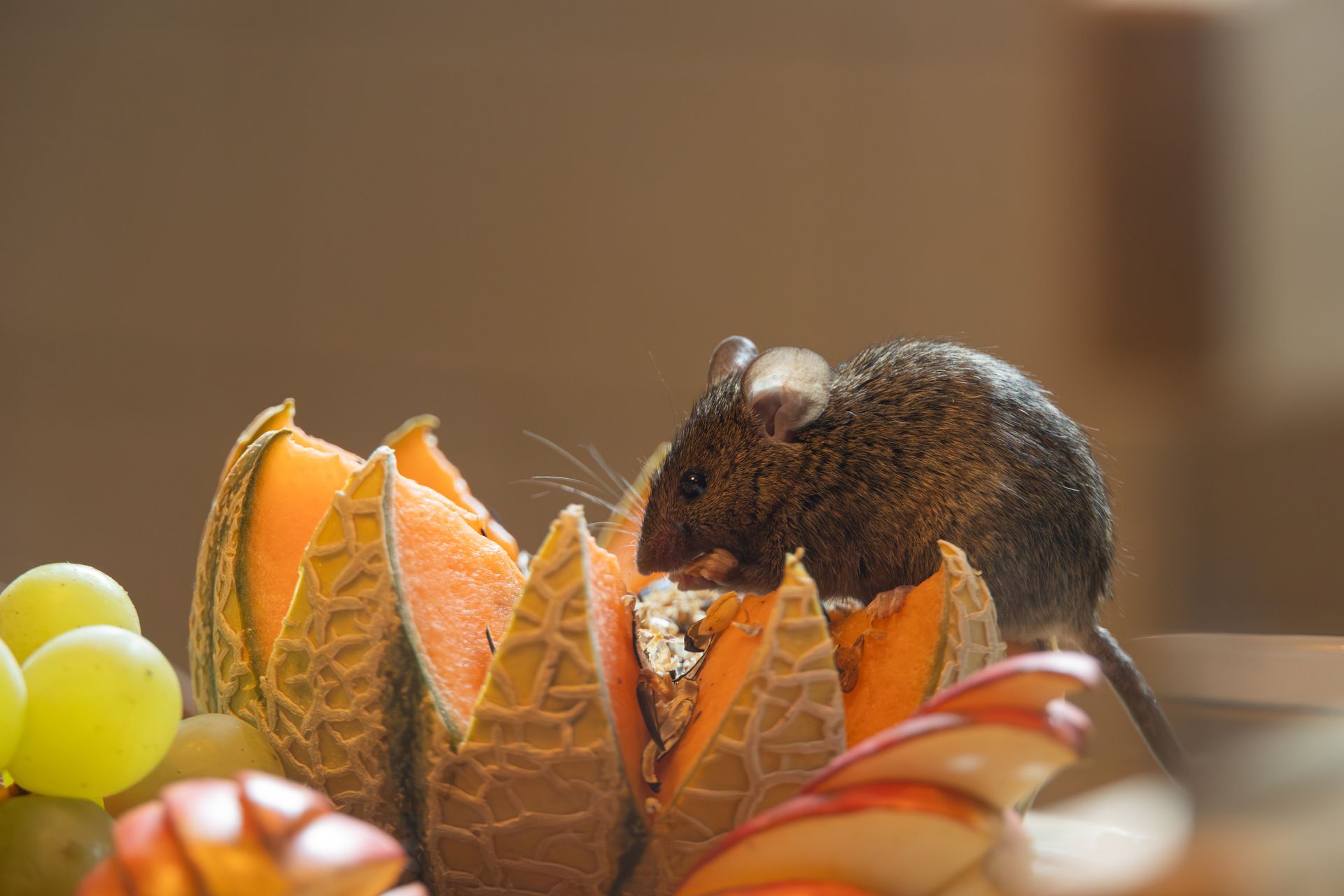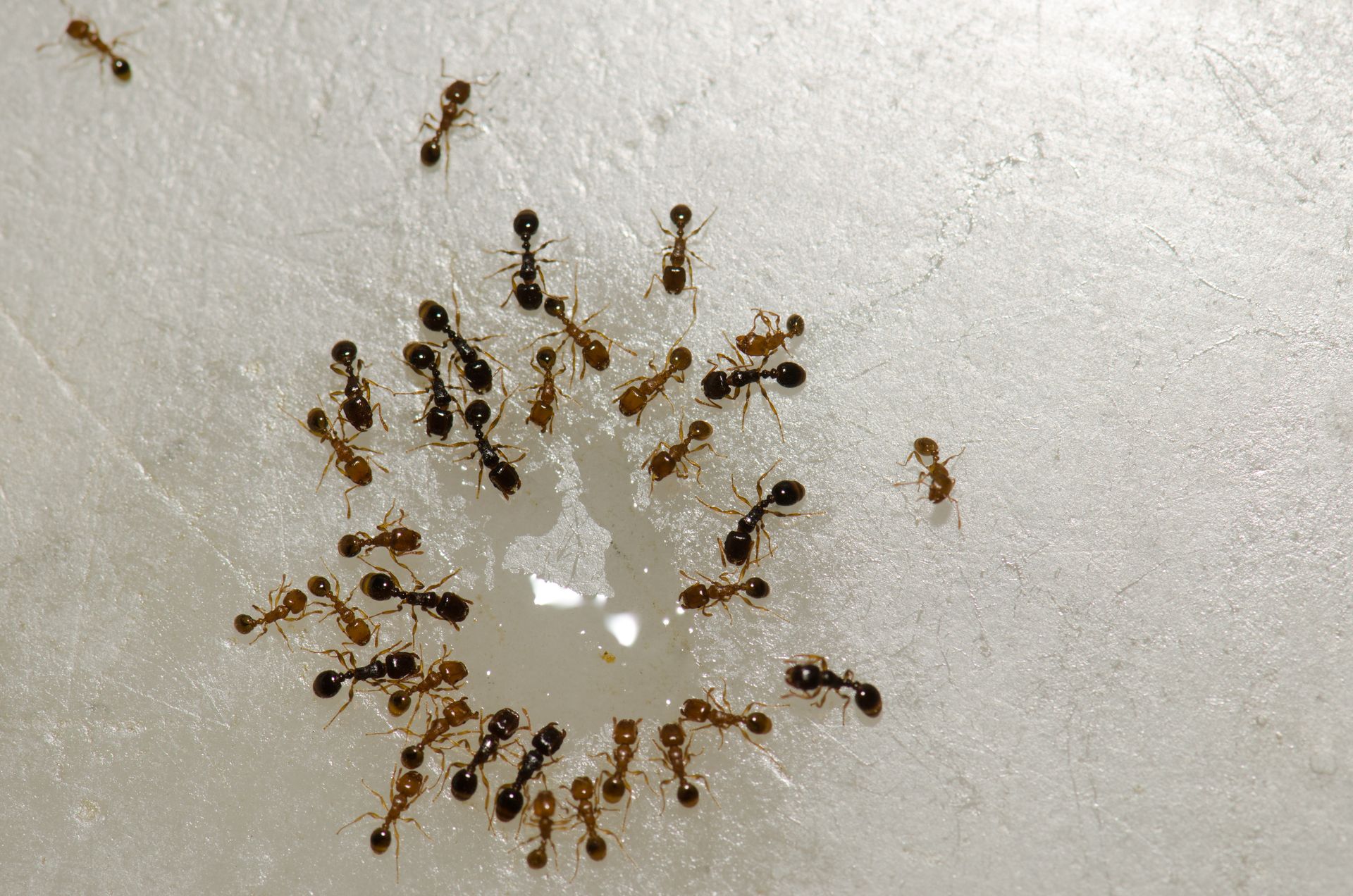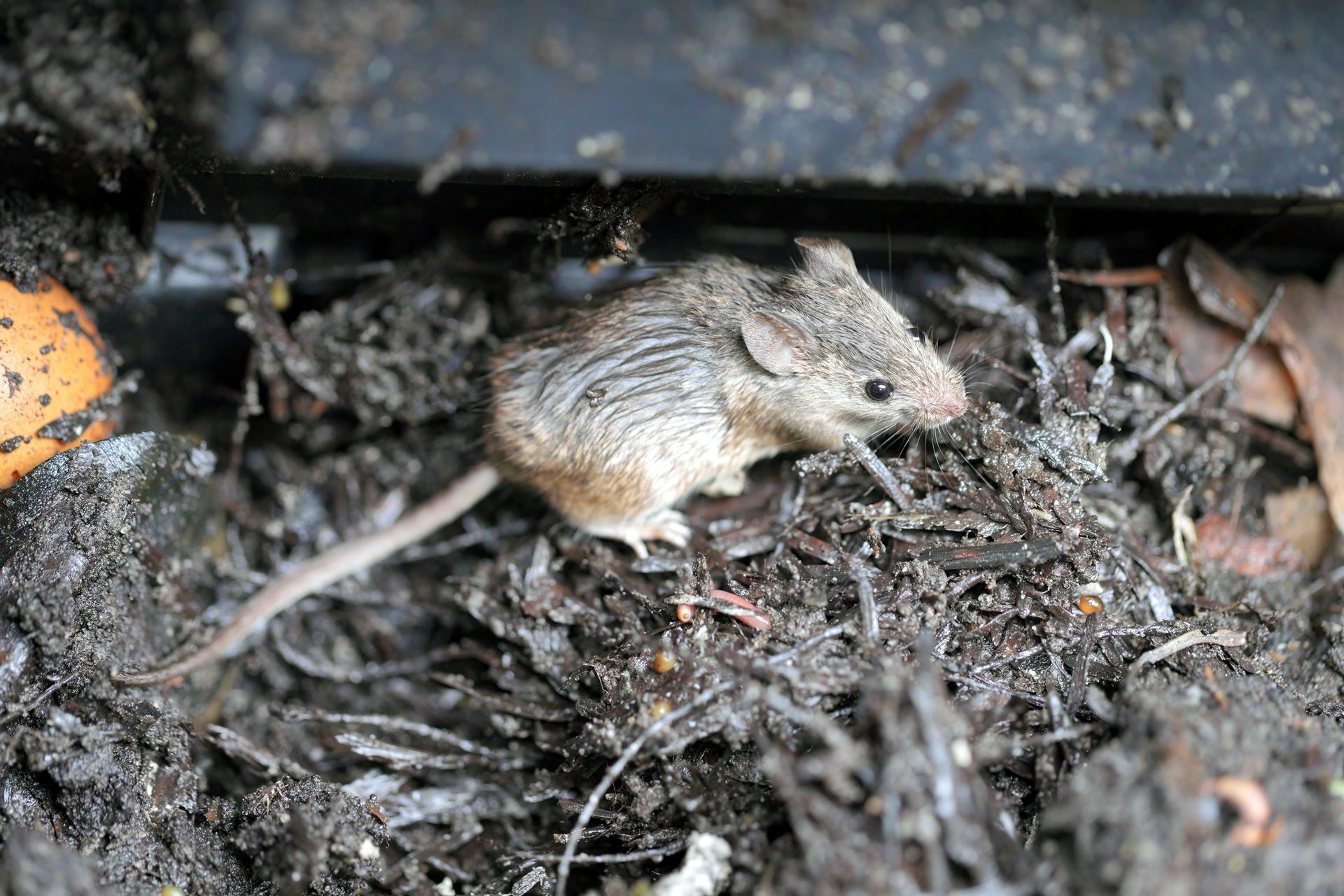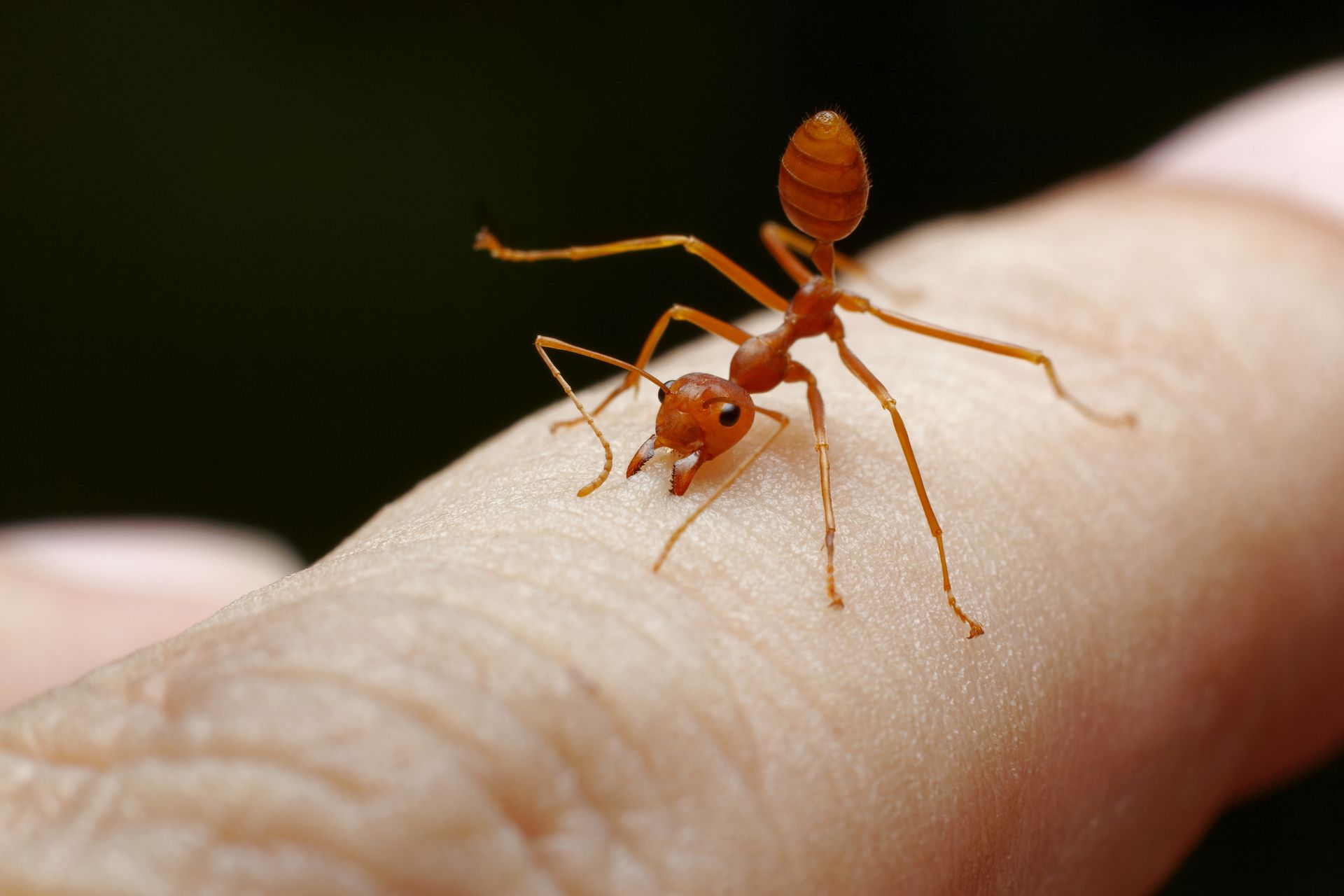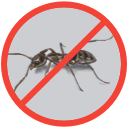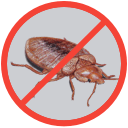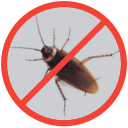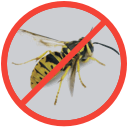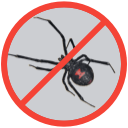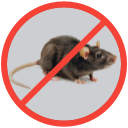Why Are Cockroaches Bad?
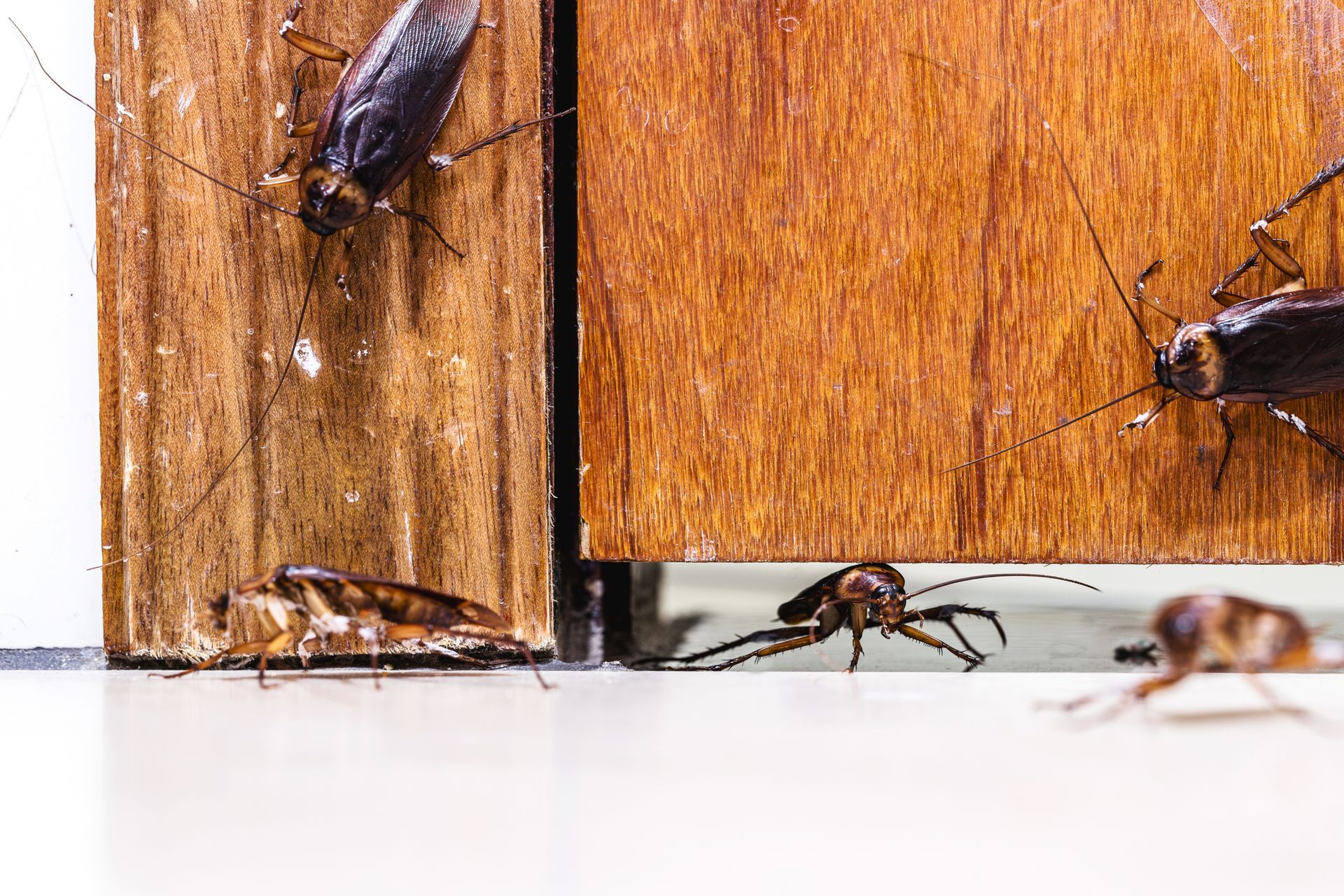
Cockroaches rank among the most reviled household pests, and this widespread aversion stems from legitimate health, hygiene, and safety concerns rather than mere squeamishness. These resilient insects pose genuine threats to human wellbeing through disease transmission, allergen production, property contamination, and psychological distress. From triggering severe asthma attacks in children to carrying dangerous pathogens throughout homes, cockroaches create multifaceted problems that extend far beyond their unsettling appearance.
Are Cockroaches Dangerous?
While cockroaches don't attack humans directly, their presence creates significant health hazards through multiple pathways.
Cockroaches and Disease
The disease transmission potential of cockroaches represents one of their most serious health implications. The World Health Organization (WHO) recognizes cockroaches as vectors for multiple serious pathogenic diseases that pose significant health risks. These insects acquire pathogens through their feeding and nesting behaviors in unsanitary environments, then mechanically transfer these organisms to human food sources and surfaces.
Hospital based research indicates that nearly all cockroaches found in healthcare facilities (98%) harbor dangerous microorganisms either on their body surfaces or within their digestive systems, with potential transmission occurring through contaminated fecal matter. Approximately one fourth of these organisms represent foodborne pathogens that create substantial public health risks.
Bacterial Diseases Transmitted by Cockroaches:
Salmonellosis - Caused by Salmonella bacteria, this food poisoning produces diarrhea, fever, and abdominal cramps within 12 to 72 hours of exposure. Symptoms typically last 4-7 days, though severe cases may require hospitalization, particularly in children and elderly individuals.
Typhoid Fever - A life threatening illness caused by Salmonella typhi bacteria that can cause high fever reaching 104°F (40°C), weakness, headache, and loss of appetite. The long incubation period can range from 5-20 years, and untreated cases can lead to serious complications affecting multiple organ systems.
Cholera - An intestinal infection characterized by profuse watery diarrhea that can lead to severe dehydration, shock, and death if untreated. Typically contracted through consumption of contaminated food or water where cockroach feces have been deposited.
Dysentery - Includes both bacterial (shigellosis) and parasitic forms, causing severe diarrhea containing blood and mucus, painful stomach cramps, nausea, vomiting, and high fever. Particularly dangerous in areas with poor sanitation and hygiene practices.
Gastroenteritis - Inflammation of the gastrointestinal tract causing diarrhea, nausea, vomiting, fever, and stomach pain. Cockroaches spread the causative organisms through direct contact with food preparation surfaces and contamination of stored foods.
Staphylococcus Infections - Caused by Staphylococcus aureus bacteria, resulting in gastrointestinal illness that develops rapidly after consuming contaminated food and typically lasts about one day. It can cause more serious infections if bacteria enter wounds or bloodstream.
Streptococcus Infections - Group A streptococci can cause various illnesses ranging from mild throat infections to severe invasive diseases. Transmission occurs through contact with contaminated surfaces or food items.
Escherichia coli (E. coli) - Particularly the O157:H7 strain, which can cause severe food poisoning with bloody diarrhea and potentially life threatening complications like kidney failure, especially in young children and elderly adults.
Campylobacter jejuni - A leading cause of bacterial foodborne illness worldwide, causing fever, diarrhea (often bloody), abdominal pain, and cramping that typically lasts 2-10 days.
Listeria monocytogenes - Causes listeriosis, a serious infection particularly dangerous for pregnant women, newborns, elderly adults, and immunocompromised individuals. May result in pregnancy loss, fetal death, or critical health complications in newborn infants.
Shigella - Results in an intestinal infection characterized by loose stools (frequently containing blood), elevated body temperature, and abdominal pain. This condition becomes especially concerning in densely populated areas lacking proper sanitation infrastructure.
Viral and Parasitic Infections:
Hepatitis A - A hepatic infection caused by viral agents that spread when people consume tainted food or water sources. Research from Los Angeles demonstrated a significant correlation between cockroach control programs and reduced hepatitis A incidence rates.
Rotavirus - A leading cause of severe diarrhea in infants and young children worldwide, spread through fecal-oral transmission facilitated by cockroach contamination of surfaces and food.
Cryptosporidium parvum - A parasitic organism causing cryptosporidiosis, characterized by watery diarrhea, stomach cramps, nausea, and fever. It is particularly dangerous for immunocompromised individuals.
Various Fungi - Including Aspergillus fumigatus and Candida albicans, which can cause respiratory infections and other fungal diseases, especially in individuals with weakened immune systems.
The persistence of these pathogens in cockroach digestive systems allows for prolonged contamination periods, with some organisms remaining viable for weeks after initial exposure. This makes cockroaches particularly effective at spreading disease throughout homes and commercial food facilities.
Cockroach Allergies
Indoor allergens from cockroaches represent a significant air quality hazard, especially within city environments. Research published in Allergy, Asthma & Immunology Research in 2012 identified cockroaches among the primary sources of household allergens. Proteins present in their waste products, molted exoskeletons, saliva, and deceased body fragments become suspended in air and can provoke intense allergic responses.
The scope of cockroach allergen exposure is broader than many realize. Data from the National Pest Management Association shows that cockroach allergens exist in 63 percent of American residences, with this percentage climbing to 78-98 percent in metropolitan housing. This widespread presence means that even households without visible cockroach infestations may harbor allergenic materials.
Cockroach Related Asthma Attacks
The relationship between cockroach exposure and asthma represents one of the most serious health consequences of these pests. In New York City, the prevalence of asthma among children entering school varies by neighborhood anywhere from 3% to 19%, and children growing up within walking distance of each other can have 2-3 fold differences in risk for having asthma. Research has identified cockroach allergen exposure as a key factor explaining these geographic disparities in childhood asthma rates [1].
Early life cockroach allergen exposure at 3 months of age predicts allergen specific lymphocyte proliferative responses at a median of 2 years of age. This finding demonstrates how early exposure can establish long term immune system sensitization that persists throughout childhood.
Cockroach Bites
Although cockroach bites rarely occur, they may happen in certain situations. The Centers for Disease Control and Prevention states that these insects typically do not bite humans, though their spiny legs can cause scratching injuries. These scratches pose infection risks due to the bacteria cockroaches carry on their bodies.
When bites do occur, they typically happen during severe infestations when cockroaches face food scarcity. The bites usually target areas with food residue, such as around the mouth or on hands, particularly in sleeping individuals. Though rare, these incidents can cause skin irritation and potential secondary infections if the wound becomes contaminated with cockroach borne bacteria.
Other Reasons Cockroaches are Problematic
Beyond their direct health impacts, cockroaches create numerous practical and environmental challenges that make them particularly problematic household pests.
They Reproduce Quickly
The reproductive capacity of cockroaches allows for explosive population growth that can rapidly overtake residential properties. A single female German cockroach can produce multiple egg cases during her lifetime, with each case containing dozens of eggs. These offspring reach reproductive maturity within weeks, creating exponential population growth under favorable conditions.
The rapid reproduction cycle means that small infestations can become major problems in remarkably short timeframes. Even eliminating visible adults may not address the underlying population if eggs and juveniles remain hidden throughout the property. This reproductive capacity makes early intervention crucial for effective control.
They Conceal Themselves in Inaccessible Locations
Cockroaches demonstrate exceptional ability to conceal themselves in building voids, cracks, and crevices that remain inaccessible to conventional cleaning and inspection efforts. These nocturnal insects prefer warm, moist environments such as areas behind appliances, within wall cavities, and under sinks where plumbing provides both moisture and shelter.
Their flattened bodies allow cockroaches to squeeze into spaces as narrow as a dime's thickness, making comprehensive elimination extremely challenging. This concealment behavior means that visible cockroaches often represent only a small fraction of the actual population present in a structure.
Cockroaches are Filthy
Cockroaches thrive in unsanitary conditions and actively contribute to environmental contamination through their feeding and nesting behaviors. These omnivorous scavengers consume decomposing organic matter, garbage, fecal material, and other contaminated substances which then transfer those associated pathogens throughout living spaces.
Their feeding habits involve regurgitating digestive enzymes onto food sources, then consuming the partially digested material. This process leaves behind contaminated residues that can harbor dangerous bacteria and create persistent odors. Additionally, cockroaches defecate frequently, leaving behind small, dark droppings that accumulate in infested areas and contribute to allergen loads.
They Consume and Contaminate Everything
The opportunistic feeding behavior of cockroaches means virtually any organic material in homes becomes a potential food source. In addition to typical food sources, cockroaches will consume printed materials, packaging materials, textiles, hide products, adhesives, and cleaning products. This broad dietary range makes eliminating attractants extremely difficult.
More concerning than their consumption is the widespread contamination that results from cockroach activity. These insects walk across food preparation surfaces, utensils, and stored food while carrying pathogens on their bodies and feet. Even packaged foods can become contaminated if cockroaches access the exterior packaging and then transfer bacteria to clean surfaces.
DIY Treatment Solutions are Often Ineffective
Consumer grade cockroach control products frequently fail to achieve lasting results due to the complex biology and behavior of these pests. Over the counter sprays may kill visible cockroaches but often fail to reach hidden populations or address the root causes of infestations.
Additionally, inappropriate pesticide use can worsen problems by causing cockroaches to scatter to new areas of the home, spreading the infestation rather than eliminating it. Professional pest control approaches utilize integrated pest management strategies that address breeding sites, entry points, and environmental conditions that support cockroach populations.
Economic Impact of Cockroaches
The financial consequences of cockroach infestations extend well beyond the cost of pest control services, creating both direct expenses and indirect economic burdens for property owners.
- Professional extermination costs fluctuate by region, with single treatment cockroach elimination for standard homes ranging from $300-$500. Given the recurring nature of infestations, many property owners establish ongoing service agreements with pest control professionals. These ongoing expenses vary depending on variables like size of treatment area and severity of infestation, but they represent significant household budget allocations, particularly for families already facing financial constraints.
- Property damage from cockroach infestations can require costly repairs and replacements. These pests have a penchant for gnawing on various surfaces, including paper, cardboard, and even some soft woods. This behavior can lead to the degradation of important items such as books, documents, and furniture, resulting in costly replacements or repairs.
- Food contamination and waste represent another substantial economic impact. Cockroach presence compels residents to dispose of contaminated food items and invest in costlier storage methods. In commercial food service establishments, cockroach infestations can result in health department violations, temporary closures, and significant revenue losses.
- In commercial spaces, an infestation can tarnish a business's reputation, potentially driving away customers and leading to revenue loss. The reputational damage from cockroach sightings in restaurants, hotels, or rental properties can have lasting financial consequences that far exceed immediate control costs.
Psychological Impact of Cockroaches
The mental health consequences of cockroach infestations often receive insufficient attention despite their significant impact on quality of life and overall wellbeing.
- The psychological burden created by cockroach presence can trigger depressive episodes. Research demonstrates measurable relationships between pest infestations and increased rates of depressive symptoms among affected residents. When controlling for relevant variables, residents of cockroach infested homes showed nearly triple the likelihood of severe depressive symptoms compared to those in uninfested dwellings. This finding suggests that cockroach presence creates genuine psychological distress beyond normal responses to household inconveniences.
- Sleep disruption represents a common consequence of cockroach infestations. These concerns can interfere with normal daily activities and cause sleeping difficulties, as anxieties about nocturnal insect movement become sources of distress. The nocturnal activity patterns of cockroaches can create anxiety about nighttime exposure, leading to chronic sleep problems and associated health impacts.
- People frequently experience feelings of humiliation or guilt, especially with pests commonly linked to poor hygiene. These emotions may result in social isolation, as residents might refuse to host visitors due to concerns about criticism or pest transmission. The social stigma associated with cockroach infestations can isolate affected families and create additional stress.
- Lockwood notes that numerous cockroach characteristics activate our innate revulsion responses. "Fear and disgust represent the two fundamental negative human emotions," he states. "The first indicates immediate threat, while the second suggests potential illness or contamination." This instinctual response suggests that human aversion to cockroaches may have evolutionary protective value.
Vulnerable Populations at Higher Risk
Certain demographic groups face disproportionate risks from cockroach exposure due to biological, social, and environmental factors that increase their vulnerability to health impacts.
Children
Children represent the population most susceptible to cockroach related health problems due to their developing immune systems and increased exposure patterns. According to the EPA, children are more susceptible to cockroach allergies than adults. Their developing respiratory systems show heightened sensitivity to environmental allergens, making them more likely to develop asthma and allergic reactions from cockroach exposure.
Children with both exposure and sensitivity to cockroach allergens face 3.4 times greater hospitalization risk for asthma compared to unexposed children [2]. This dramatically increased hospitalization risk demonstrates the serious health consequences that cockroach exposure can have for pediatric populations.
Young children's behaviors also increase their exposure risk. They spend more time on floors where allergen concentrations are highest, and they frequently put hands and objects in their mouths, increasing the likelihood of ingesting cockroach borne pathogens. Very early exposure to certain components of air pollution can increase the risk of developing a cockroach allergy by age 7, indicating that even prenatal and early infancy exposures can establish long term health vulnerabilities [3].
Low Income and Urban Populations
Socioeconomic factors significantly influence cockroach exposure risks, with low income urban communities facing disproportionate impacts. Both African American ethnicity and lower socioeconomic status served as independent, statistically significant predictors of cockroach allergen sensitivity in children diagnosed with atopic asthma. These disparities reflect complex interactions between housing quality, neighborhood conditions, and access to pest control resources.
Cockroach allergen sensitivity ranks among the most powerful predictors of asthma development in economically disadvantaged urban communities. The concentration of risk factors in urban environments, including older housing stock, higher population density, and limited resources for maintenance, creates conditions that support cockroach populations while simultaneously exposing vulnerable residents to their health impacts.
Elderly and Immunocompromised Individuals
Older adults and individuals with compromised immune systems face increased risks from cockroach borne pathogens due to reduced immune response capabilities. Their bodies may struggle to fight off bacterial infections that could result from exposure to cockroach contaminated surfaces or foods.
The respiratory impacts of cockroach allergens can be particularly severe for elderly individuals who may already have underlying breathing difficulties or chronic respiratory conditions. Cockroach exposure can exacerbate existing health problems and complicate disease management in these vulnerable populations.
Detection and Early Warning Signs
Recognizing cockroach infestations in their early stages enables more effective control and reduces health risks for household members. Several key indicators can alert homeowners to developing problems before populations become established.
- Visual sightings represent the most obvious indicator, though seeing cockroaches during daylight hours often suggests substantial populations since these nocturnal insects typically avoid light. Finding cockroaches in kitchen and bathroom areas indicates access to food and water sources that support reproduction.
- Fecal pellets offer another unmistakable indicator of cockroach presence. These tiny, dark, rod shaped droppings typically collect in feeding and travel areas, especially along wall edges, corner spaces, and food storage locations. The quantity and freshness of droppings can indicate population size and recent activity levels.
- Egg cases, called oothecae, appear as small, brown, purse shaped capsules that females deposit in protected locations. Finding these cases indicates active reproduction and suggests that populations will continue growing without intervention.
- Unusual odors may develop in infested areas as cockroach populations increase. These insects produce pheromones and leave behind waste products that create distinctive musty or oily smells, particularly in confined spaces where they aggregate.
- Damage to organic materials such as paper, cardboard, or food packaging can indicate cockroach feeding activity. Look for irregular holes or gnaw marks on stored items, particularly in dark, undisturbed areas where cockroaches feel secure.
- Smear marks or grease stains along walls and surfaces where cockroaches travel regularly can indicate established pathways between nesting and feeding areas. These marks result from oils and dirt on cockroach bodies transferring to surfaces during movement.
How to Get Rid of Cockroaches
Effective cockroach control requires comprehensive approaches that address the environmental conditions supporting infestations while eliminating existing populations through targeted treatment strategies.
- Sanitation improvements form the foundation of successful cockroach management. Eliminating food sources requires thorough cleaning of food preparation areas, prompt cleanup of spills and crumbs, and secure storage of all food items in sealed containers. Pet food should not remain available overnight, and garbage should be stored in tightly sealed containers.
- Moisture reduction addresses another critical survival requirement for cockroaches. Repair leaking pipes, improve ventilation in humid areas, and eliminate standing water sources. Deploy moisture removal equipment in lower level rooms and humid spaces to establish conditions less conducive to cockroach survival and breeding.
- Exclusion measures prevent cockroaches from entering structures or moving between areas within buildings. Seal cracks and crevices around pipes, electrical outlets, and structural joints using appropriate caulking materials. Add door bottom seals and fix torn window screens to block potential entry routes.
- Professional pest control services provide access to specialized tools and expertise that homeowners cannot replicate with consumer products. Licensed professionals can identify cockroach species, locate nesting sites, and implement integrated pest management strategies tailored to specific infestation characteristics.
- Targeted pesticide applications by trained professionals can effectively reduce cockroach populations when applied as part of comprehensive management programs. These treatments often include gel baits that cockroaches carry back to nesting areas, affecting entire populations rather than just visible individuals.
Ongoing surveillance and follow up activities help ensure control strategies produce enduring effectiveness. Regular inspections can detect recurring activity early, while ongoing maintenance of sanitation and exclusion measures prevent new infestations from becoming established.
Contact EcoGuard Pest Management if You Are Dealing with Cockroaches
When cockroach problems overwhelm household management efforts, professional intervention becomes essential for protecting family health and property. EcoGuard Pest Management specializes in comprehensive cockroach control solutions that address both immediate infestations and long term prevention strategies. Our ongoing monitoring and maintenance programs ensure that cockroach problems don't return after initial treatment. Regular follow up visits allow our technicians to assess treatment effectiveness and make adjustments as needed to maintain cockroach free environments. Don't let cockroach infestations compromise your family's health and peace of mind. Contact EcoGuard Pest Management today to schedule an inspection.
Why are Cockroaches Bad FAQs
Are cockroaches really dangerous to human health?
Cockroaches pose genuine health risks through disease transmission, allergen production, and contamination of living spaces. They carry numerous pathogens and are major triggers for asthma and allergic reactions, particularly in children.
What diseases can cockroaches spread?
Cockroaches can carry bacteria causing salmonellosis, staphylococcus infections, streptococcus infections, dysentery, cholera, typhoid fever, and gastroenteritis. They mechanically transfer these pathogens from contaminated environments to human food sources and surfaces.
Why are cockroaches particularly bad for children?
Children face higher risks because they have developing immune systems, spend more time on floors where allergen concentrations are highest, and frequently put contaminated objects in their mouths. Research shows cockroach allergic children are 3.4 times more likely to be hospitalized for asthma.
Can cockroaches cause psychological problems?
Scientific evidence shows that cockroach infestations substantially elevate depression and anxiety occurrence rates. The stress, embarrassment, and loss of control associated with infestations can lead to social withdrawal, sleep disruption, and chronic psychological distress.
Why don't DIY cockroach treatments work well?
Consumer products often fail because they don't address hidden populations or breeding sites. Improper application can scatter cockroaches to new areas, worsening infestations. Professional integrated pest management approaches are typically necessary for lasting control.
How quickly can cockroach infestations develop?
Very rapidly. Female cockroaches can produce hundreds of offspring during their lifetime, with juveniles reaching reproductive maturity in weeks. Small infestations can become major problems in remarkably short timeframes without intervention.
What's the most important reason to eliminate cockroaches quickly?
The combination of rapid reproduction, disease transmission potential, and severe health impacts, particularly for children with asthma, makes prompt professional intervention critical for protecting family health and preventing costly property damage.






